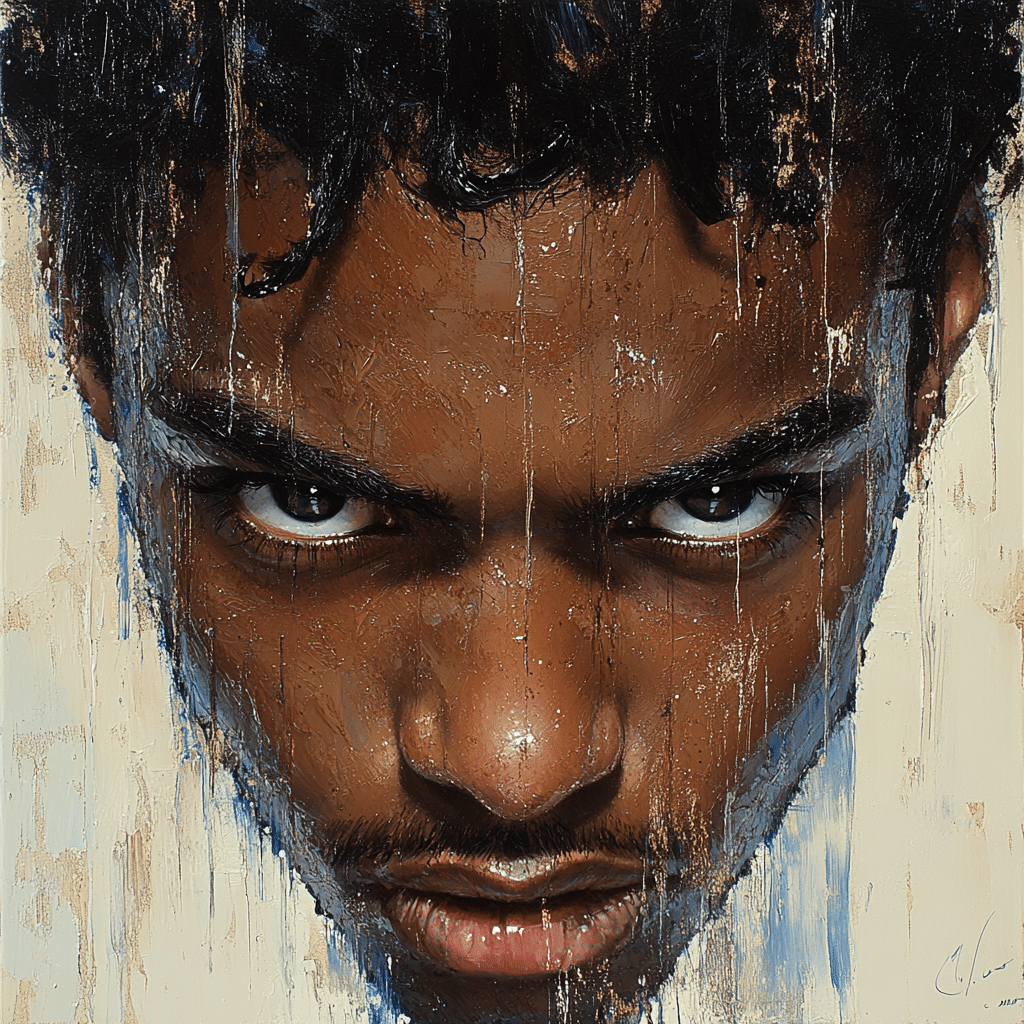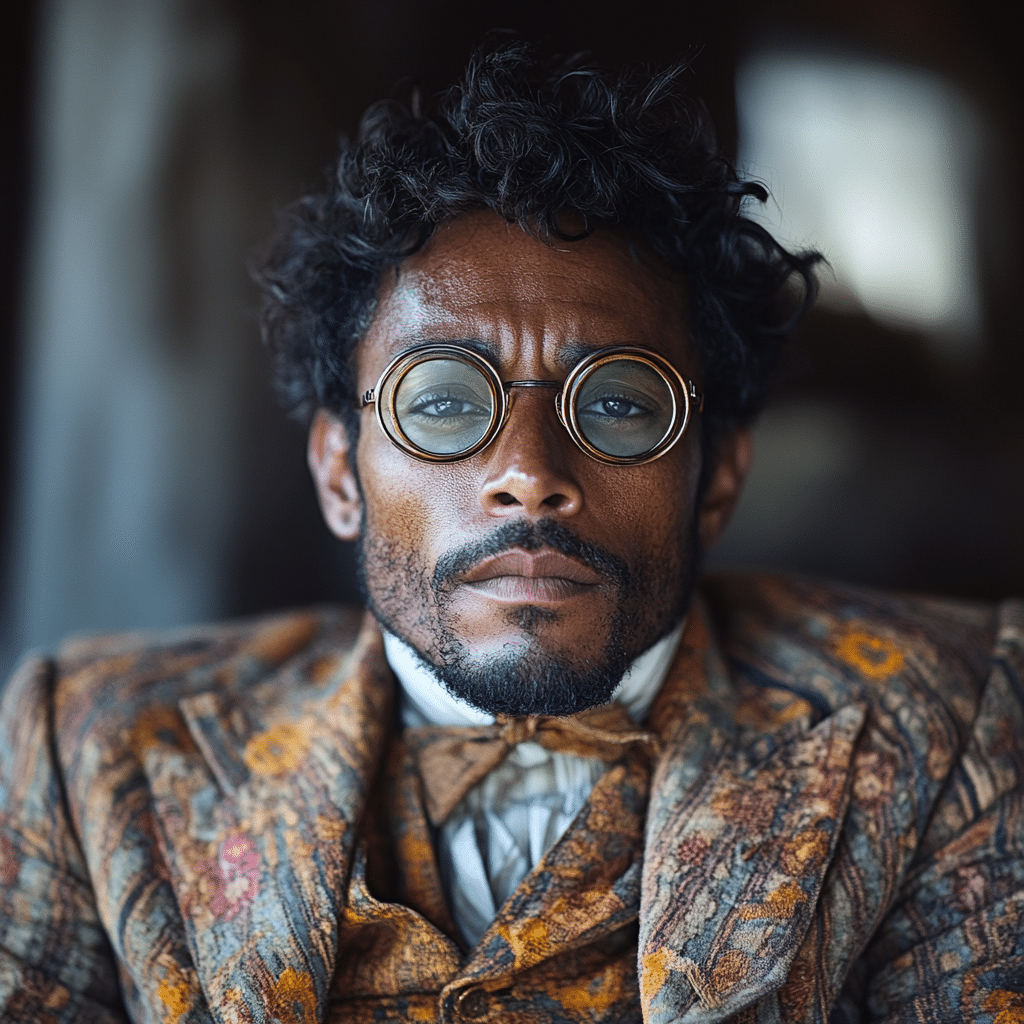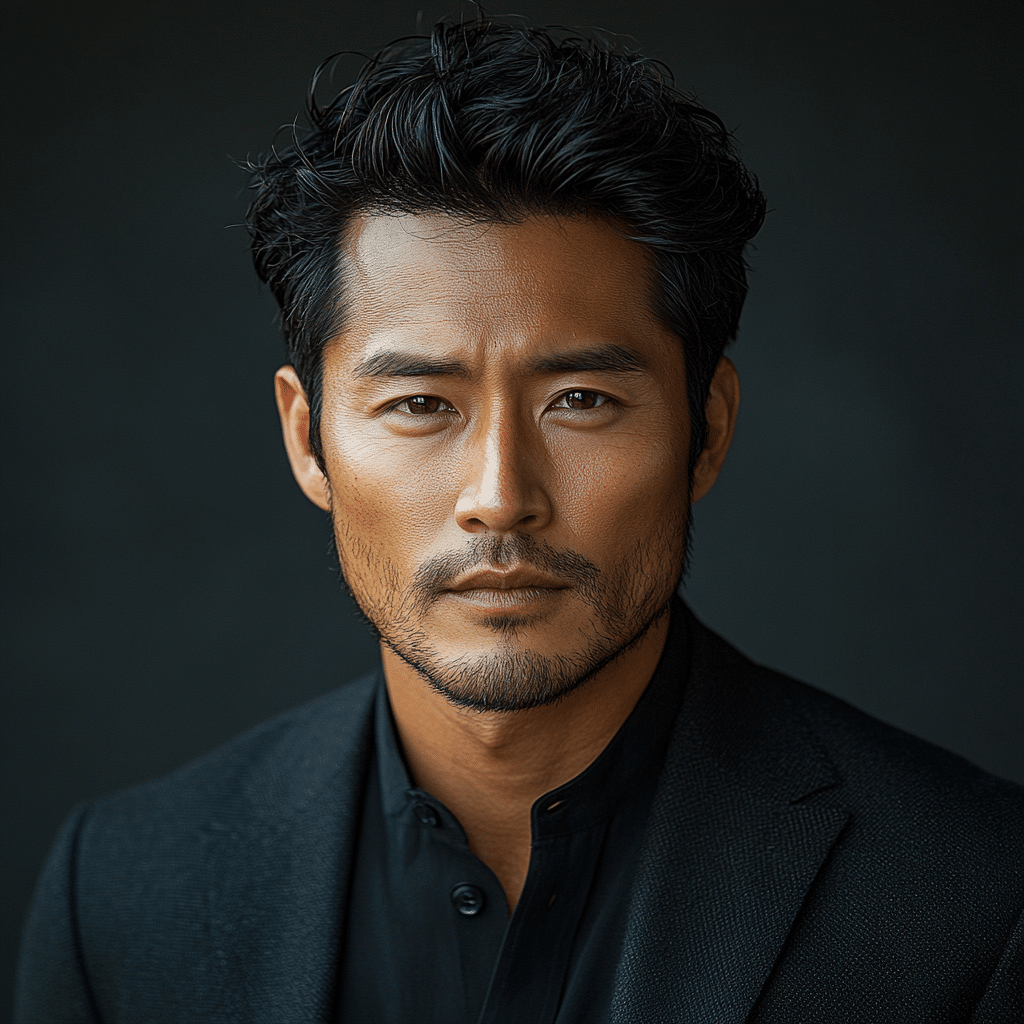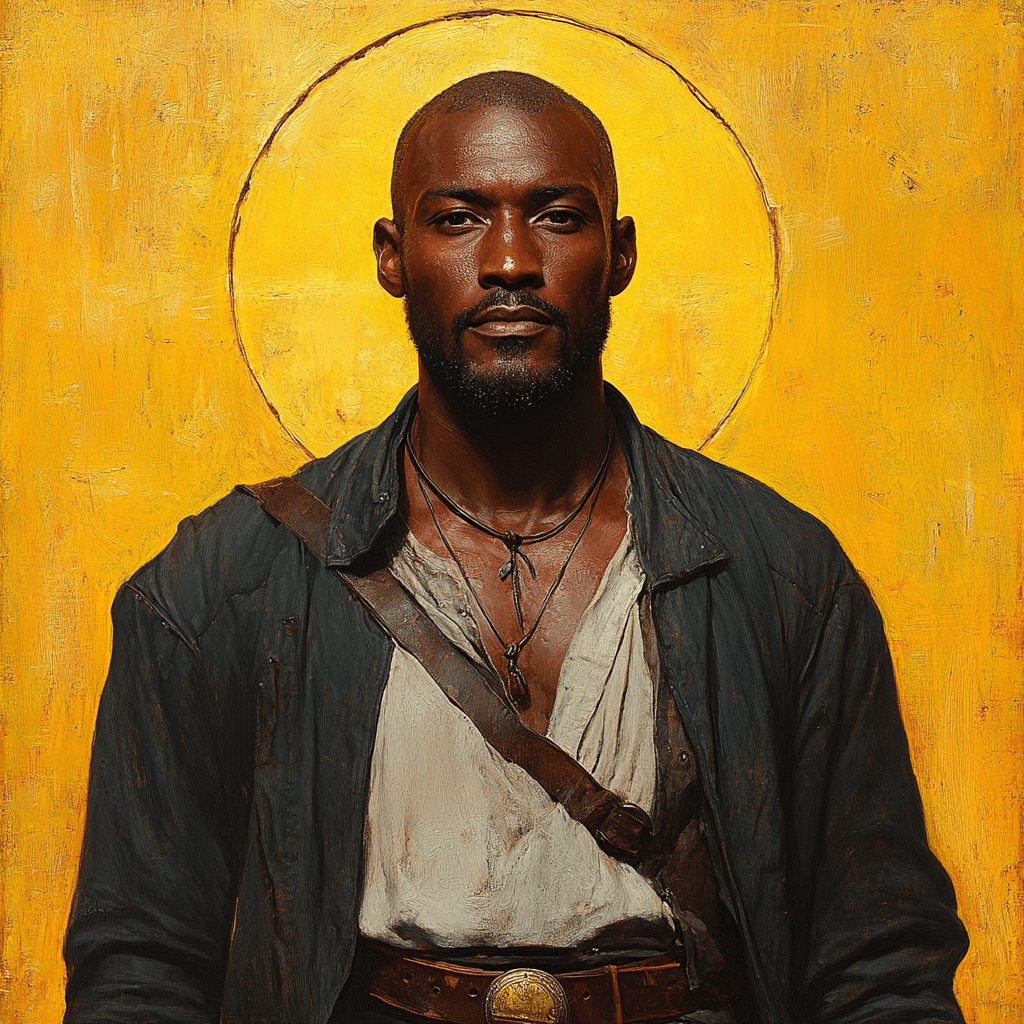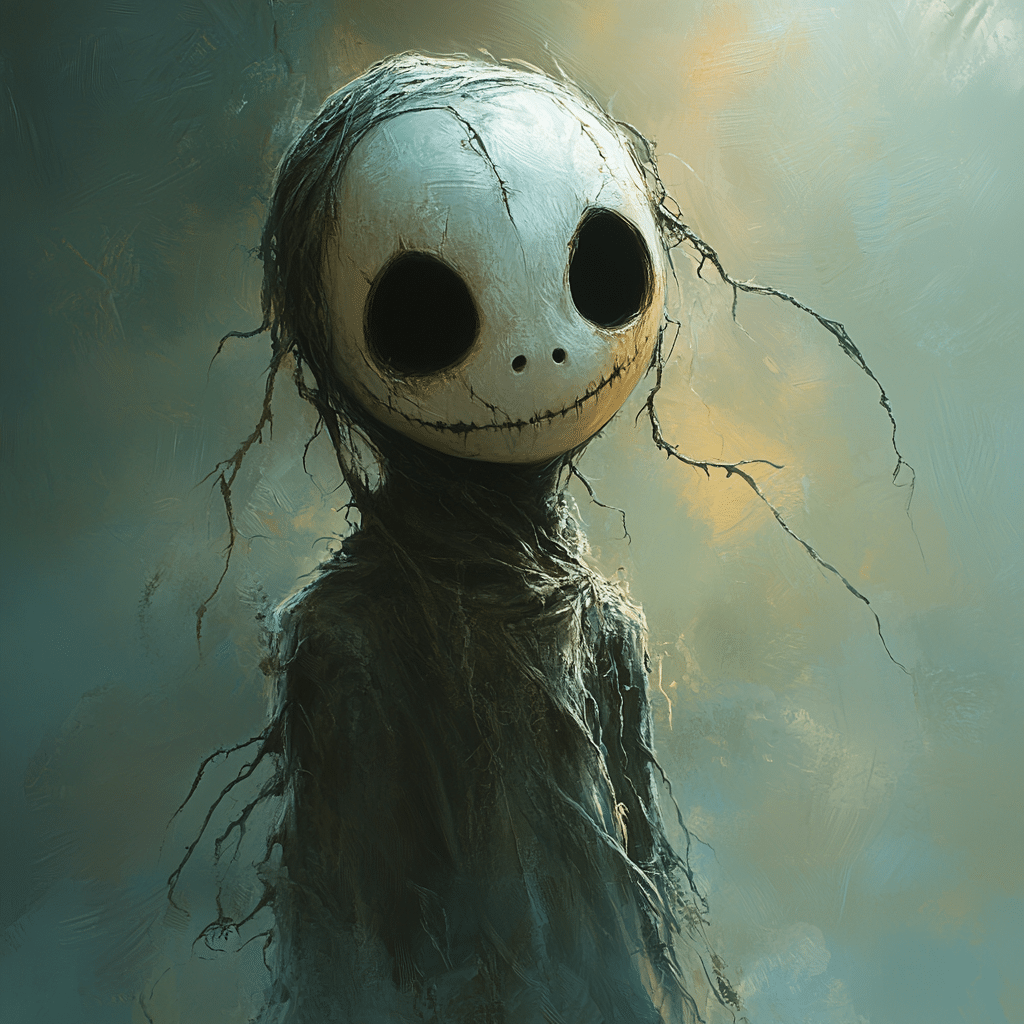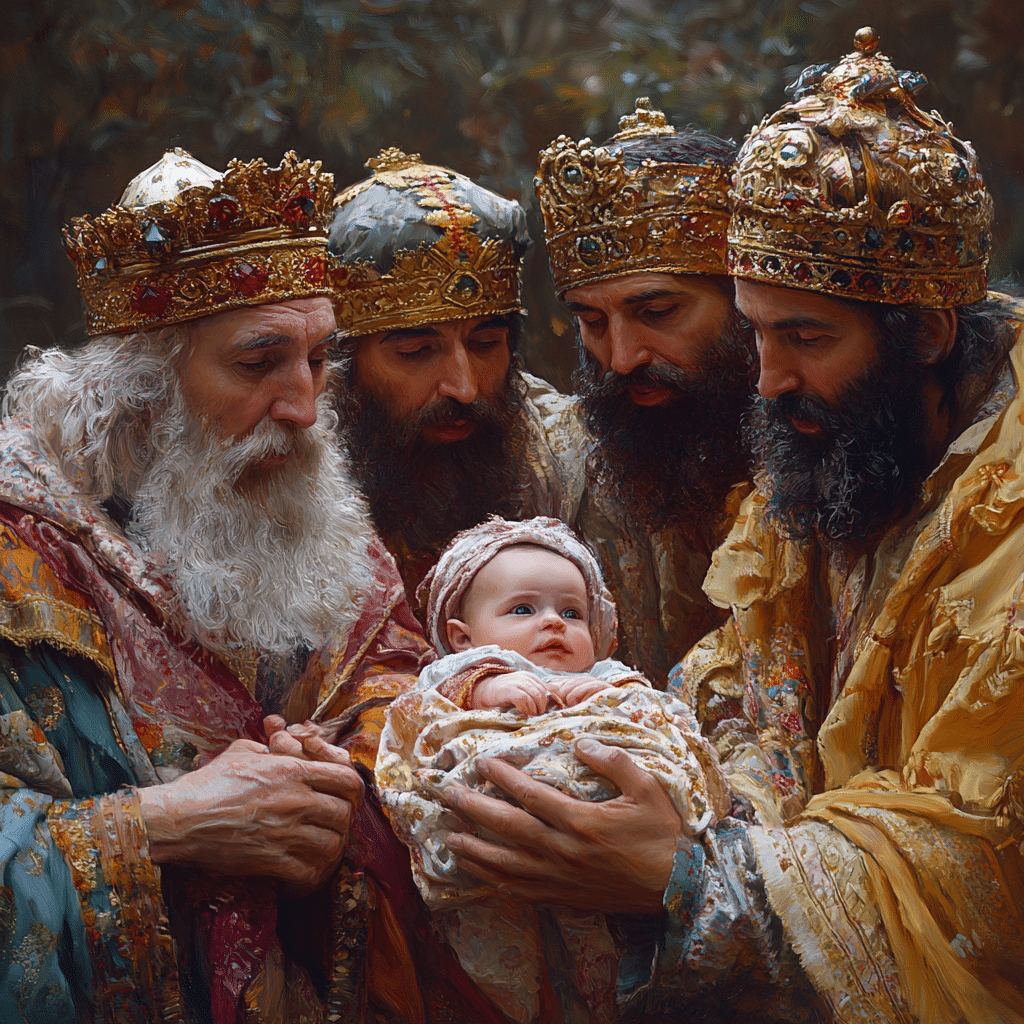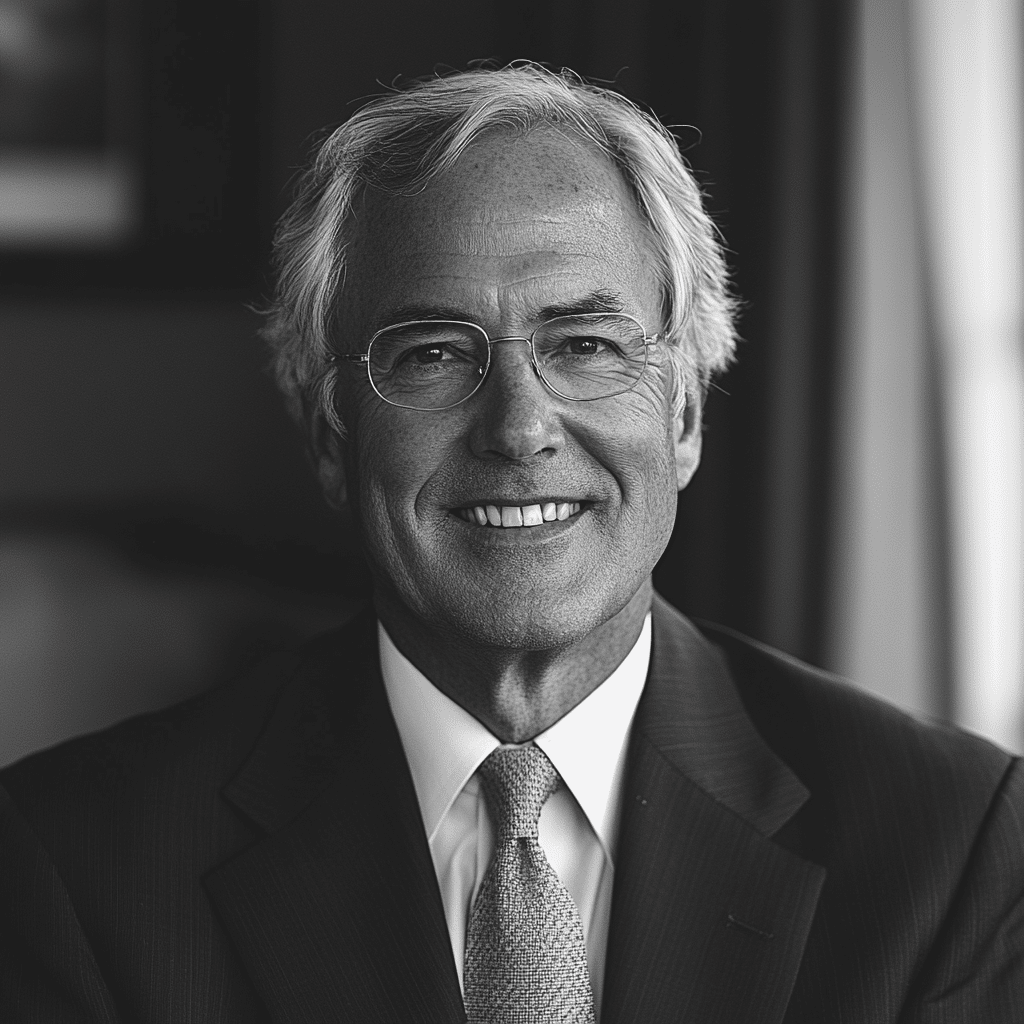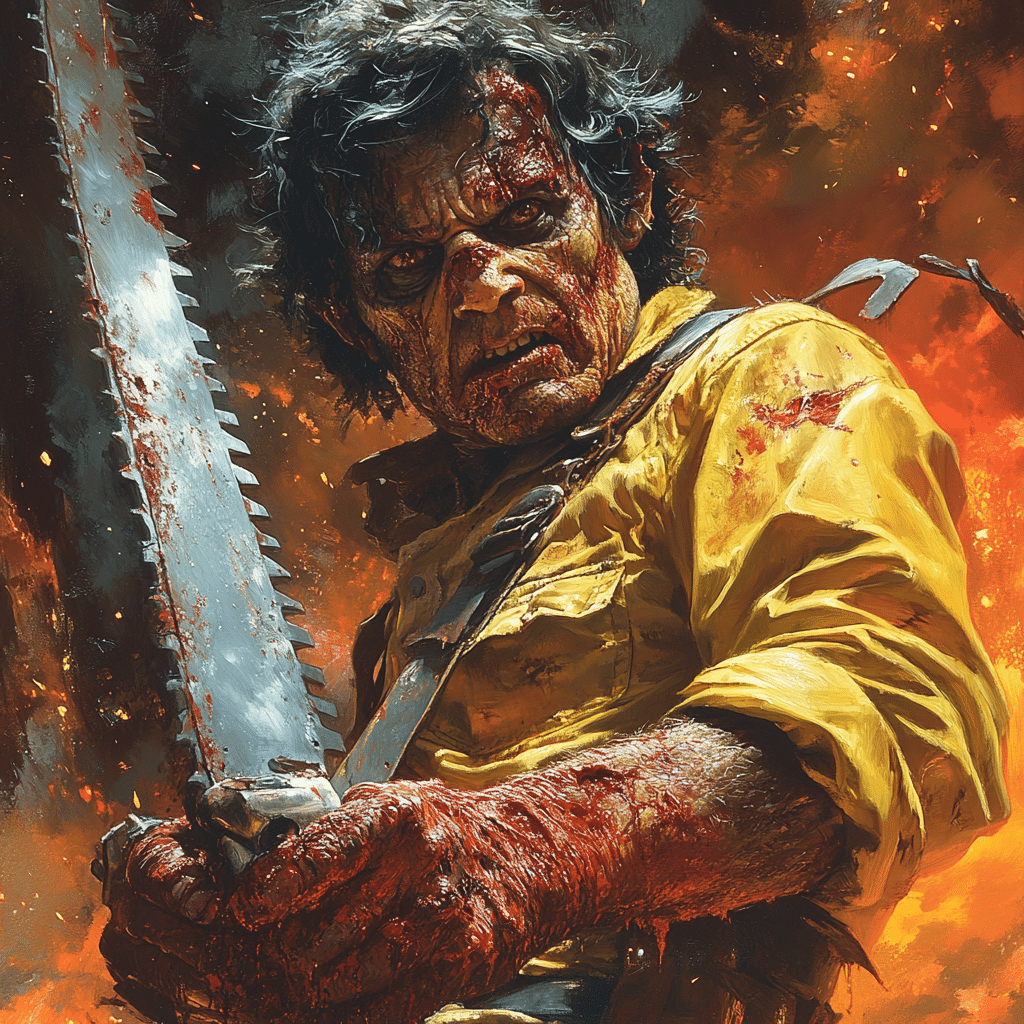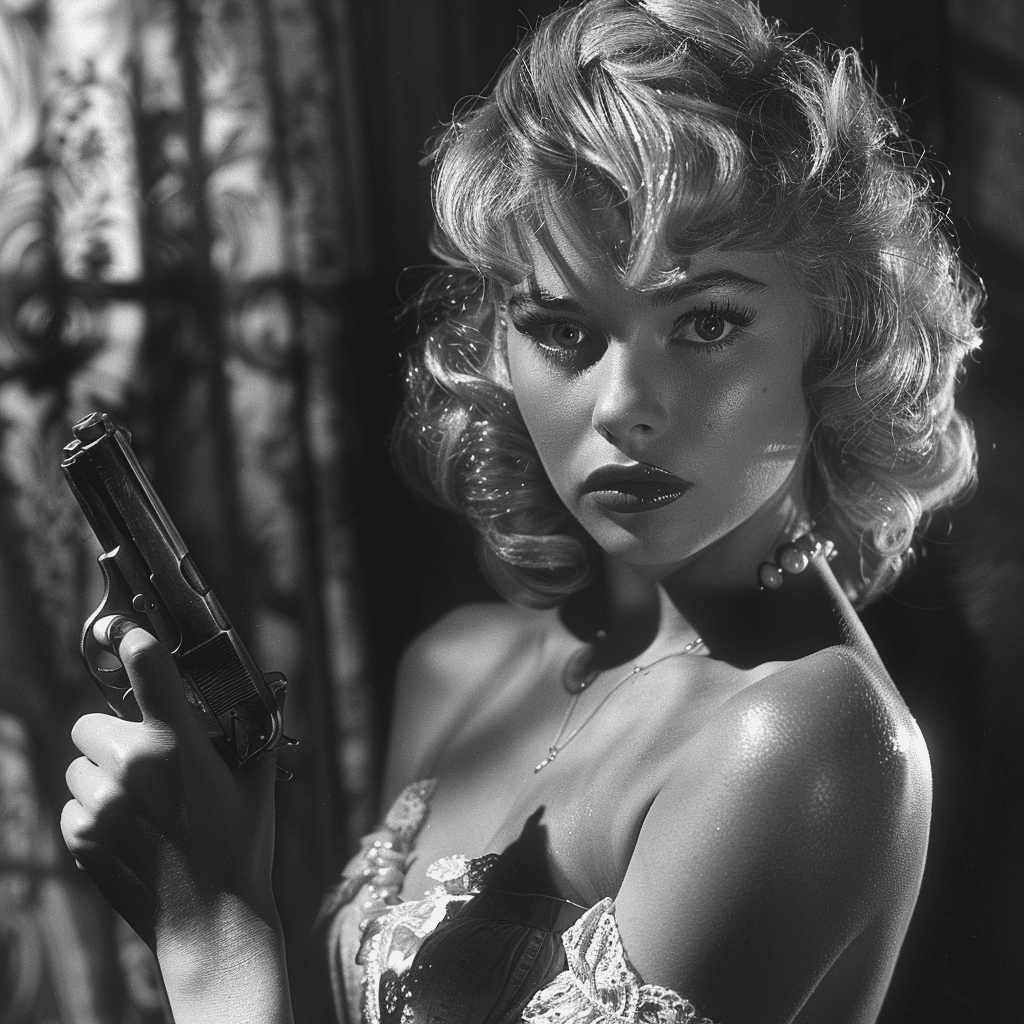As we dive into the profound layers of Cormac McCarthy’s No Country for Old Men book, readers find themselves enveloped in a harsh landscape that reflects the tumult of a post-Vietnam America. The novel isn’t just about hitmen and sheriffs; it wrestles with deep moral questions, challenging our understanding of good and evil in a world seemingly stripped of certainties. In this exploration, we’ll uncover the intricate themes, fascinating character studies, and the broader implications of McCarthy’s work—resonating powerfully with the struggles we face in 2024.
The narrative isn’t merely a tale of violence; it serves as a poignant reminder of the moral dilemmas that frequently confront our society. McCarthy invites us to examine our value systems, especially when faced with chaos, making this a timeless literary piece that raises questions about human existence itself. So, whether you’re revisiting the No Country for Old Men book or experiencing it for the first time, you’re in for a ride fraught with philosophical depth.
Exploring ‘No Country for Old Men Book’: Themes and Moral Dilemmas
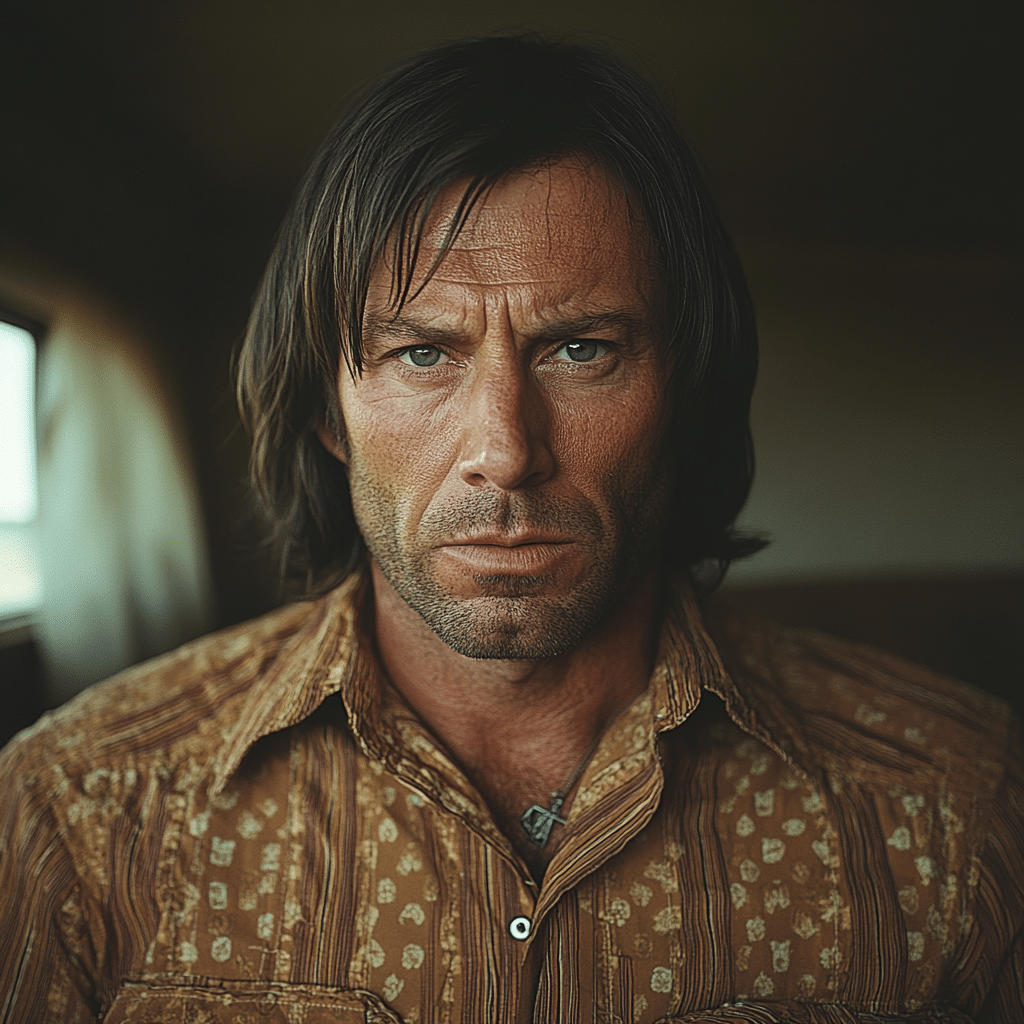
1. The Nature of Evil
In No Country for Old Men, McCarthy dives headfirst into the essence of evil through the character of Anton Chigurh. Emblematic of a mindless malevolence, Chigurh sees life as a series of coin tosses—fate’s arbitrary dictate over human lives. This fatalistic view ignites debates on morality’s significance in an unpredictable world. Just as Prince Harry reflected on life’s unpredictability in his memoir, Spare, McCarthy portrays a reality where human choice is mere illusion amid a chaotic universe.
Chigurh’s existence raises crucial questions: Is evil innate, or is it cultivated through circumstance and choice? The chilling resolve with which he carries out his actions serves as a brutal reminder that evil can thrive in a world that appears indifferent to justice.
2. The Old vs. The Young
The character of Sheriff Bell encapsulates the struggle of an older generation grappling with a rapidly changing moral landscape. Bell laments the loss of values and the rise of new customs that make him feel obsolete. This generational conflict resonates deeply, asking us to consider how traditions can withstand or adapt to new societal paradigms.
McCarthy masterfully illustrates this tension by placing Bell in stark contrast with Chigurh. While Bell seeks justice steeped in morality, Chigurh disregards any notion of right and wrong, representing a nihilistic approach to life. The mutual disdain for each other’s worldviews underscores the deep chasms that can exist between generations, compelling readers to reflect on their own values and beliefs.
3. Choice and Consequence
At the heart of the No Country for Old Men book lies a powerfully captivating debate about choice and consequence, highlighted by Llewelyn Moss’ fateful decision to take the suitcase full of money. His choice catapults him into a whirlwind of violence, emphasizing that one act can irrevocably alter both the individual’s life and the lives of others. This scenario resonates deeply within contemporary narratives like A Dog’s Way Home, where choices made in the heat of the moment lead to unforeseen repercussions.
The unfolding chaos forces audiences to ponder significant questions: Are we the architects of our fate, or do the winds of chance dictate our paths? McCarthy gives us a clear, albeit chilling lens through which to examine the gravity of our decisions.
4. Fate vs. Control
The coin toss scenes are among the most powerful in the No Country for Old Men book, serving as a stark metaphor for fate’s unpredictability. When Chigurh flips coins, it symbolizes the randomness of existence, leaving choices up to chance rather than logic. This touches upon the broader human experience, mirroring the whimsical unpredictability found in Hayao Miyazaki’s Haku Spirited Away, where characters frequently encounter serendipitous twists predicated on fate.
The deeper implications of these moments resonate with readers, evoking the feeling that control is often an illusion. It’s a reminder that, like the characters in both McCarthy’s and Miyazaki’s works, we are all mere players in a game dictated by the whims of fate.
5. Morality in a Changing Landscape
McCarthy brilliantly reflects contemporary moral dilemmas through the lens of No Country for Old Men. As societal norms shift, the notion of morality becomes increasingly nebulous. Characters like Sheriff Bell undergo existential crises that echo current debates about ethics and values in a fractured world.
Bell’s longing for the “good old days” surfaces a critical question: Can moral frameworks remain steadfast amid rapid change? In a society where nothing seems sacred, McCarthy challenges readers to interrogate their understanding of morals and the legacy of a fading ethical landscape.
6. The Price of Violence
Violence in No Country for Old Men is portrayed not as a solution but as a pervasive intrusion on everyday life, leading to harrowing consequences. The novel compels readers to confront the notion that violence begets violence, resonating firmly with contemporary societal issues, from terrorism to media portrayals of aggression.
This theme highlights the chilling reality of accepting violence as a societal norm. Just as cultural critics today scrutinize media representation, McCarthy’s reflection on violence prompts necessary discussions about its acceptance and impact.
7. Legacy and Memory
As the story unfolds, Sheriff Bell’s concerns about his legacy take center stage. He contemplates what memories he’ll leave behind, spotlighting the anxiety many feel about being remembered amid an increasingly violent world. This introspection opens a nostalgic doorway, prompting reflections on how history shapes our collective narrative.
Bell’s fears mirror broader societal anxieties about legacy and memory, inviting readers to consider how past actions shape present and future recollections. In an era where representation and historical acknowledgment are hotly debated, McCarthy’s exploration of these themes remains startlingly relevant.
The No Country for Old Men Cast: Reflections of Characterization
The film adaptation of No Country for Old Men cemented its status as a cultural touchstone partly due to the stellar performances of its cast. Josh Brolin as Llewelyn Moss, Javier Bardem as the haunting Anton Chigurh, and Tommy Lee Jones as Sheriff Bell bring McCarthy’s rich characters to life. Bardem’s chilling interpretation of Chigurh has achieved a level of cinematic notoriety, compelling audiences to grapple with the unsettling nature of pure evil.
Each character serves as a vessel through which McCarthy’s philosophical inquiries on morality, legacy, and existence are expressed. The dynamic interplay between them allows viewers to engage with critical themes long after the credits roll, rendering the film a modern classic.
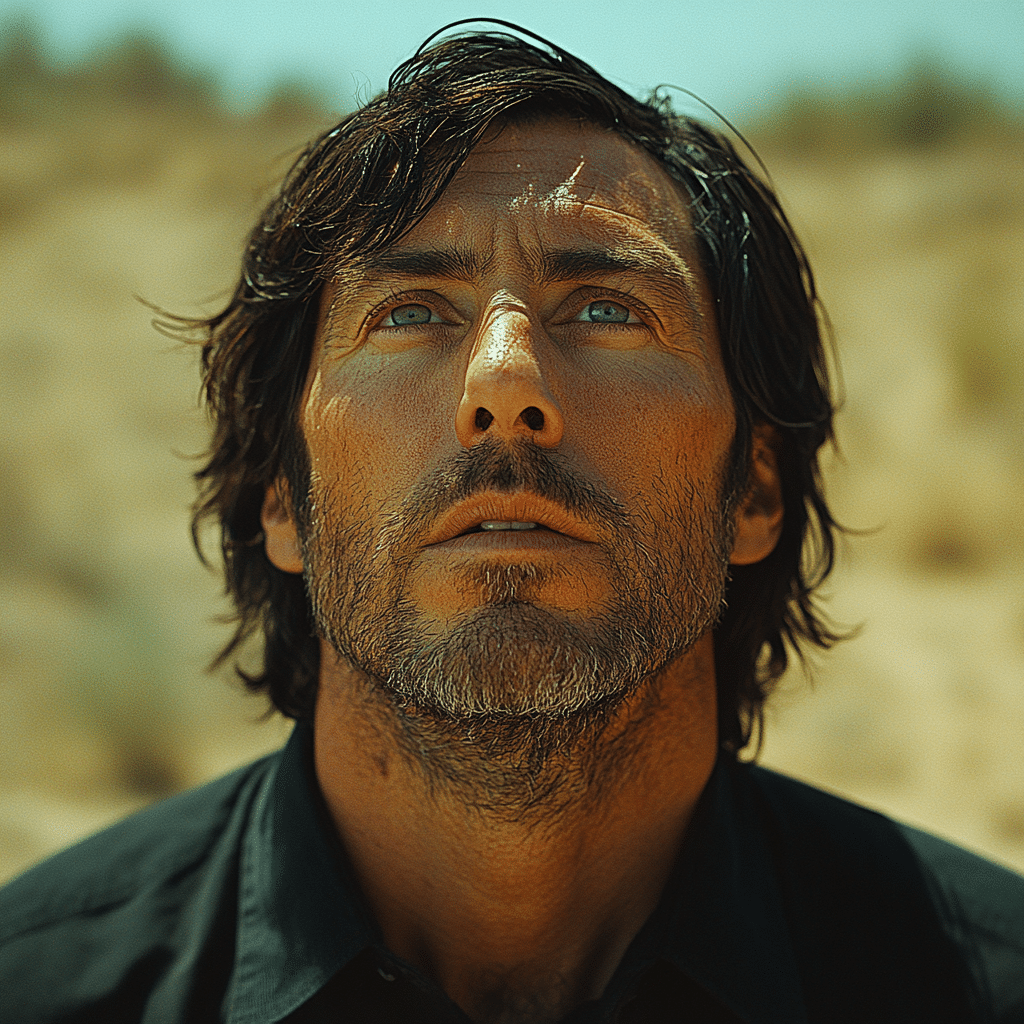
Final Thoughts
Ultimately, No Country for Old Men book transcends its narrative, tapping into underlying moral dilemmas that resonate intimately with audiences in 2024. As we grapple with choice, fate, and the essence of evil, McCarthy’s compelling prose encourages prolonged contemplation of our roles within a world often devoid of certitude.
The novel stands as a powerful reminder of the enduring struggle between good and evil, inviting us to reflect on our identities in a chaotic landscape. Whether you’re a longtime reader or discovering McCarthy’s work anew, No Country for Old Men offers critical insight into the human experience, ensuring its relevance for years to come.
Explore the depths of No Country for Old Men, where every decision matters, and the weight of existence lays bare the moral dilemmas we all face. The journey through this quintessential narrative is one that prompts us to ponder our legacies amid a whirlwind of uncertainty—just like the haunting echoes of choices made in a world where sometimes, there’s just no going back.
No Country for Old Men Book Trivia and Insights
The Ingenious Craft of Cormac McCarthy
The No Country for Old Men book epitomizes the brilliant nihilism found in Cormac McCarthy’s works. It dives deep into moral dilemmas that challenge the reader’s beliefs about fate and consequence. Interestingly, McCarthy often writes with minimal punctuation, which mirrors the stark and straightforward nature of his storytelling. Some may even liken his style to a sounding rod, as it brings forth the raw emotions and tensions simmering beneath the surface, much like the tool itself resonates with the vibrations of sound. For any fan of literary thrillers, this book is a compelling study on the violent paths individuals traverse in the pursuit of greed and survival.
Characters that Stick with You
The characters in the No Country for Old Men book are unforgettable, particularly Anton Chigurh, who embodies chaos and moral ambiguity. His chilling, philosophical approach to life leaves readers questioning the nature of justice. Speaking of unforgettable characters, fans of fairy tales like Princess And The Pea may find themselves drawn to the moral lessons proposed throughout the narrative, showcasing that not every story is as straightforward as it appears. Just like the layers of a good story, Chigurh’s decisions unfold, revealing the darker sides of human nature.
Adaptations and Cultural Impact
The impact of the No Country for Old Men book didn’t end with its pages; it transcended into the silver screen, winning multiple Academy Awards for its adaptation. This film, just like the buzz surrounding Jennifer Lopez, who is reportedly planning a comeback for 2025, keeps audiences talking and debating its themes long after viewing. Similarly, the casting of actors, much like the intriguing choices surrounding celebs such as Eugenio Franceschini, adds depth to the adapted screenplay, allowing the moral quandaries to resonate even more. It’s a testament to how a powerful narrative can influence varying aspects of culture—be it literature, film, or even discourse around modern dilemmas like the ones depicted in the story.
As you explore the layers of the No Country for Old Men book, keep an eye out for its reflections on morality, fate, and the questions that remain unanswered—because, at its heart, life itself can be as treacherous as a chase through the desert with nothing but chance on your side.
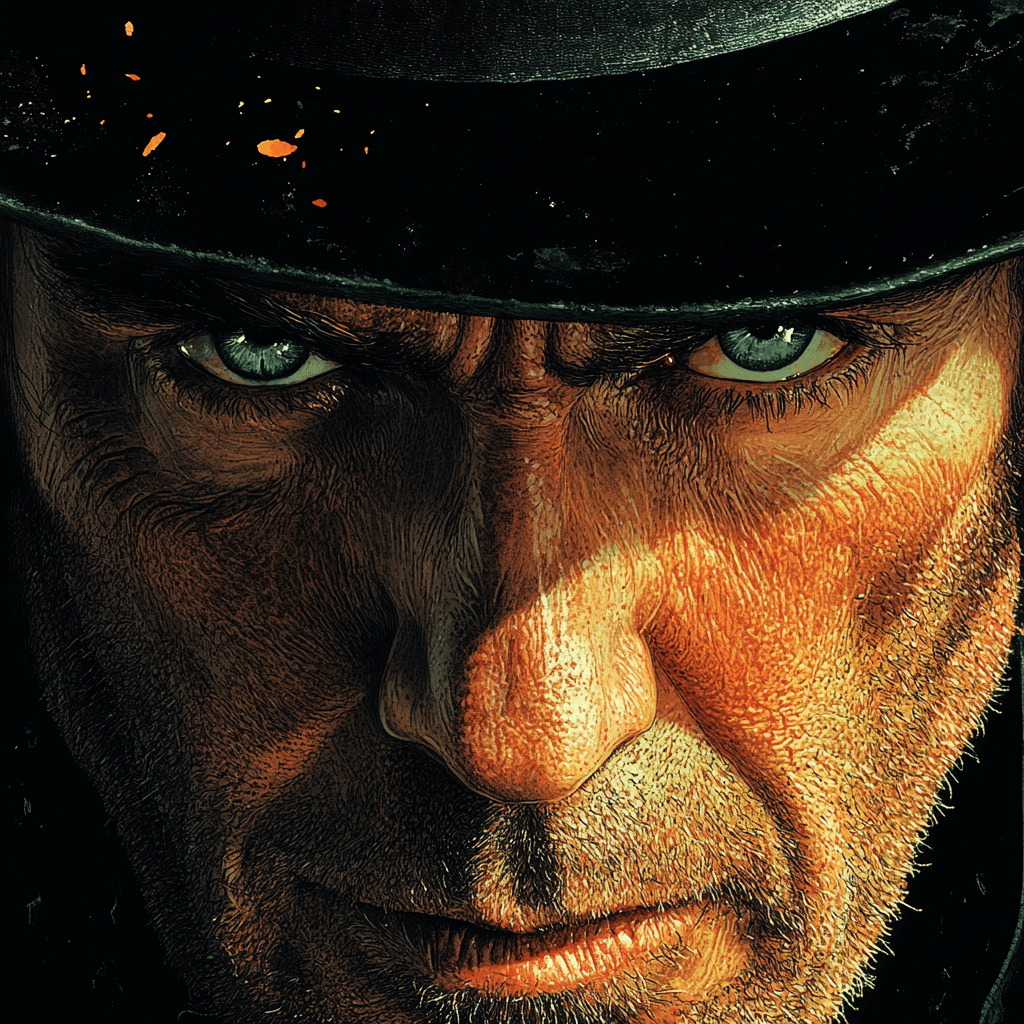
What is the point of the book No Country for Old Men?
The book No Country for Old Men dives into themes of justice, morality, and the changing world seen through the eyes of Sheriff Bell, who feels out of place in a society that no longer values his principles.
Is the movie No Country for Old Men accurate to the book?
The movie sticks pretty closely to the book, capturing its essential themes and character arcs, but it does leave out a few details, like some backstory about Anton and Carson’s special forces past.
Is No Country for Old man based on a true story?
No Country for Old Men isn’t based on a true story; it started as a screenplay before McCarthy turned it into a novel.
What is the idea of No Country for Old Men?
The idea behind No Country for Old Men examines the dark side of humanity through its characters, especially highlighting how greed and chaos can lead to emptiness and despair.
What happened to Chigurh at the end of the book?
At the end of the book, Chigurh gets away after a hit-and-run accident, leaving his fate somewhat open-ended and ambiguous, which plays into the story’s themes.
Who was the killer in No Country for Old Men?
Anton Chigurh is the primary killer in No Country for Old Men, acting as a cold, relentless force of chaos who follows his own set of twisted moral rules.
What does the phrase “no country for old men” mean?
The phrase “no country for old men” reflects a world that’s harsh and unforgiving, suggesting that the values of older generations struggle to make sense in a modern context.
What does Anton Chigurh look like in the book?
In the book, Anton Chigurh is described as having a distinctive, menacing appearance, with a flat, emotionless face, a bowl haircut, and a usually calm demeanor that contrasts with his violent actions.
Is Anton Chigurh good or bad?
Chigurh’s character leans toward evil, as he embodies a merciless and nihilistic worldview, but he also has his own code, which complicates the question of good versus bad.
How disturbing is No Country for Old Men?
No Country for Old Men is pretty disturbing, featuring graphic violence and a grim atmosphere that can leave viewers feeling unsettled.
What town was No Country for Old Men filmed in?
Filming for No Country for Old Men took place mainly in Texas, especially around areas like Marfa and Eagle Pass, capturing the stark and desolate landscapes.
What does the ending of No Country for Old Men mean?
The ending of No Country for Old Men leaves a lot to ponder, showing Sheriff Bell’s struggles with his sense of purpose and the changing nature of life and morality.
What is the symbolism in No Country for Old Men?
Symbolism runs deep in No Country for Old Men, with motifs like fate, chance, and the passage of time highlighting the randomness of life and the inevitability of death.
What are Anton Chigurh’s morals?
Anton Chigurh’s morals are twisted and uniquely nihilistic; he often uses a coin toss to decide the fates of others, reflecting his belief in chance rather than traditional notions of good or evil.
Is No Country for Old Men about God?
No Country for Old Men can be interpreted as touching on God and spirituality, questioning the presence of a higher power in a chaotic and violent world, but it leaves those answers open to interpretation.


